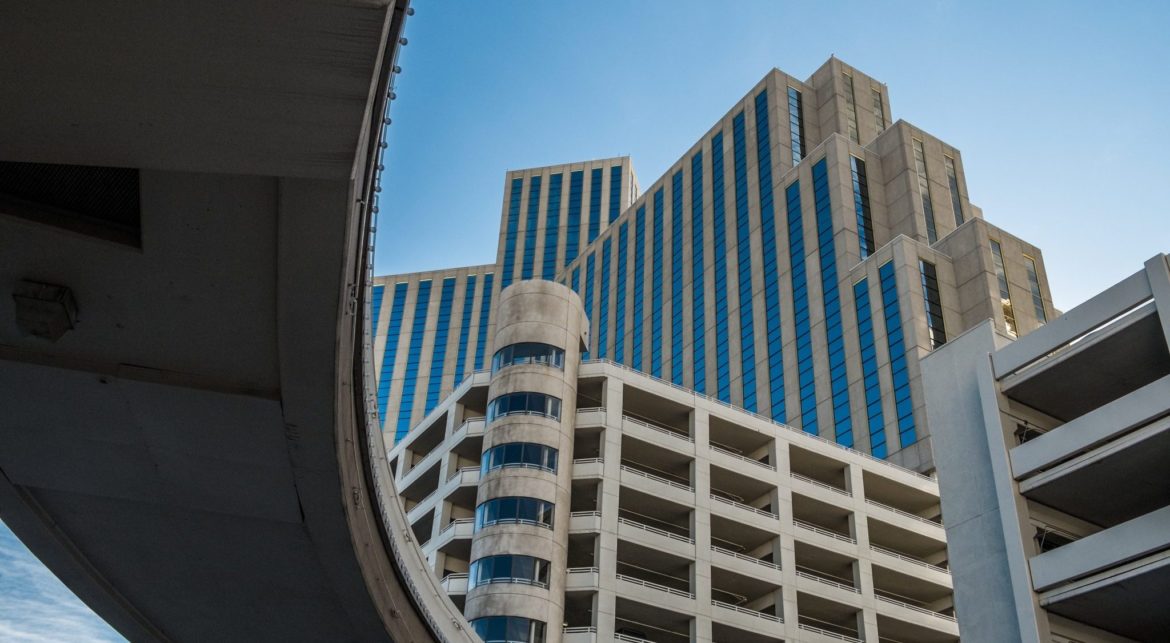If we take a quick look at the built environment, we can see that in most places, concrete predominates. Whether it’s on the sidewalk, a building or in a wall, concrete was and is an essential and widely used construction material. The wide use of concrete in the construction industry is due to its multiple qualities such as the ease of manufacture and commissioning, the possibility of creating almost any shape and good durability in normal conditions of use.
Concrete is a construction material composed of aggregates, cement, and water, mixed in certain proportions. The physical and mechanical properties of concrete are given by the aggregate and cement used to produce it. Also, a determining factor in the characteristics of concrete is the water-to-cement ratio. Sometimes, to improve the characteristics of concrete or its workability, additives and admixtures are used in the composition of concrete. If we talk about plain concrete, it is well known and proven that it has a relatively high compressive strength while the tensile strength is much lower. Depending on its quality, the ration between the compressive and tensile strength varies between 10 and 20. Also, the deformation capacity of concrete is limited. Therefore, plain concrete can rationally be used in structures that are solely subjected to compression such as massive foundation blocks, road pavements, some hydro-technical constructions, etc.. Most of the construction elements are subjected to both compression and tension. The behavior of concrete under tension can be significantly improved with the use of reinforcement, most commonly under the form of steel bars. Thus, the reinforced concrete is obtained which is a composite material with specific properties for compression and tension. The role of the reinforcement bars is to take over most of the tension while the concrete takes over compression. In most cases, reinforcement bars are placed in the compressed and tensed zones of the concrete element. In this way, reinforced concrete elements can take over any type of effort: bending, tension, compression, torsion, etc.. The good cooperation between concrete and steel bars is possible due to adherence, similar coefficients of thermal dilatation and also due to the fact that the steel bars are well preserved in the basic environment formed inside the concrete. However, the concrete cover of the steel bars must be sufficient to assure the protection of the steel bars in case of inevitable cracks in the tension zones of the element. A superior type of reinforced concrete is prestressed concrete, which is characterized by its strengthening against tensile forces which will appear when in service. In other words, prestressed concrete is a form of reinforced concrete characterized by compression induced during construction to oppose tension experienced in use. To this end, the concrete is subjected to a permanent compression deformation before the load is applied, usually with the help of high-strength pre-tensioned reinforcement bars. The permanent compression state is maintained through adherence or by using special anchors.

